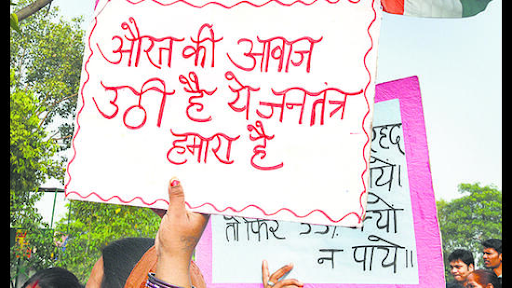




Copyright infringement not intended
Source: Hindustan Times
India recently ranked 131st in the Global Gender Gap Report 2025, indicating that progress toward gender parity has stalled.
|
Need for Parity |
India’s progress and future depend on achieving gender parity; without it, the country risks lagging behind globally. |
|
Global Ranking (2025) |
Ranked 131st out of 148 countries in the Global Gender Gap Report 2025 by the World Economic Forum. |
|
Comparison with Peers |
India ranks below all BRICS nations and most South Asian neighbours (below Bangladesh, Nepal, Sri Lanka; above Maldives, Bhutan, Pakistan). |
|
Pace of Progress |
India’s drop in ranking is largely due to other countries progressing faster in closing gender gaps, not necessarily India's regression. |
|
Practice Question: Q. Examine the key strides made by India towards gender equality, the obstacles still hindering progress |
© 2026 iasgyan. All right reserved